Fishing Reels may not be quite as nuanced as fishing rods are, but they are still an essential aspect of your fishing. The quality of your reel can determine whether you land or lose a fish. If anything, it is especially important when fishing from the bank, as your casting distance will determine how much cover you can reliably reach.
Today I’ll be going over everything you’ll need to know about fishing reels. We’ll be going over the function of reels, the different types of reels, special features you might find on a reel, and my personal reel recommendations. I’ll also be going over fishing line, as the line you throw is directly tied (pun intended) to the reel you throw it with. Let’s dive in.
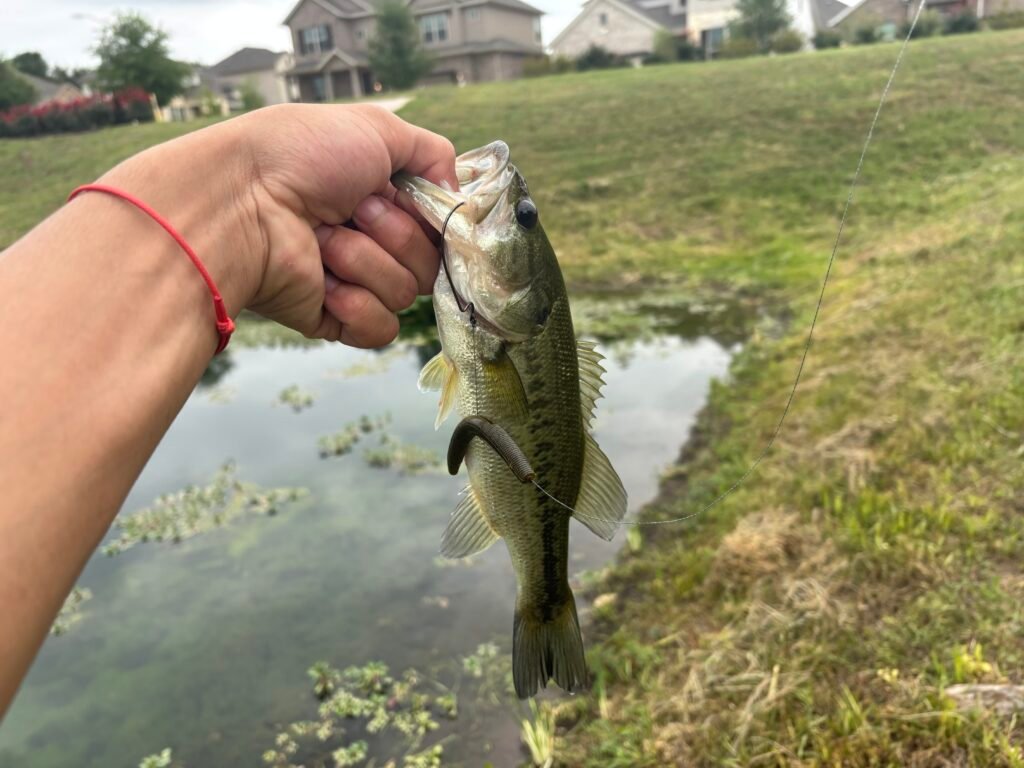
What Do Reels Do
The fishing reel has 2 primary functions: getting your bait where you want it and bringing it back with a hooked fish. If it can do those 2 things reliably, you’re fishing with a great reel. If not, you may either need to adjust your reel settings or look for a new reel.
There are a couple of things that can influence a fishing reel’s ability to perform these two primary functions: the weight of the bait, the settings of the reel, the drag of the reel and the size of the reel. We’ll go over all of these in detail.
What Does line do
Your fishing line is a lot more straightforward. For the most part, the line has one job: don’t break. Choosing the right line depends on numerous factors: water clarity, the type of cover you’re fishing around, the type of bait you’re throwing and the type of fish you’ll be catching. We’ll go over all of these in detail as well.
Types of Reels
There are 4 main types of reels: Spincast reels (Although this is the technical term, I’ll be referring to them as buttonpush reels), Spinning reels, Baitcasting reels, and fly reels. In this article, we’ll primarily be focusing on spinning and baitcasting reels, especially baitcasting reels.
I don’t have much experience with fly fishing, but I’ll have a guest article covering fly fishing essentials coming soon.
All reels come in sizes: specifically, they are sized by approximately how much line they can hold. The smaller the reel, the smaller the line capacity. This is typically communicated by the number in the reel model: for example, a spinning reel model may come in a 1500 and a 2000. The 2000 is larger. Similarly, a baitcasting reel might come in a 70 and a 150. The 150 is larger.
Button Push Reels
Buttonpush reels are the reels most people have probably started out with. The classic Zebco 30, or maybe a spiderman themed rod and reel. This reel is composed similarly to a spinning reel, with a vertical spool that the line flows freely from. You push and hold the button to open the bail and release to cast.
This type of reel is cheap and easy to use, but it’s also very ineffective for anything larger than a pound or two. It’s meant for very novice or young anglers: there’s no reason you should be using one unless it’s just for fun.
Spinning Reels
Spinning reels are the next step up in difficulty and price. A spinning reel has a bail that flips to let line flow freely from the vertical spool. To cast, you open the bail, hold the free line with your index finger, and release the line as you cast. You can close the bail manually or by reeling.
Spinning reels can be used for pretty much any bait. However, because they are less dependent on the weight of the lure to cast effectively, they are best used for casting smaller presentations. This means finesse fishing, drop shots, and weightless rigs like senkos or flukes. They are also used for fishing for large fish on light line, and thus they may be preferable for smallie fishing in clearer water.
Baitcasting Reels
Baitcasting reels are the most expensive and difficult reel to use, but once you’ve gotten the hang of it they are the most effective by and large. They are composed of a free spinning, horizontal spool, a magnetic brakes system and a button to open the bail. To cast, click the button, hold the spool with your thumb, release it on cast and stop the spool by placing your thumb back on it.
The baitcast reel takes time to master, but once you’ve got it down it is perhaps the most effective of them all. The free-moving spool gives it the farthest casting potential when tuned correctly, and it has the most torque compared to other reels. This means it shines when powering in heavy fish or fish from cover.
Baitcast reels should be the baseline reel you’re using for most of your fishing. Sometimes I don’t even bring my spinning combo on a trip with me, simply because baitcasters can typically do it all. If you aren’t fishing finesse, you should probably be fishing a baitcaster. They are worth the higher price and time they take to learn.
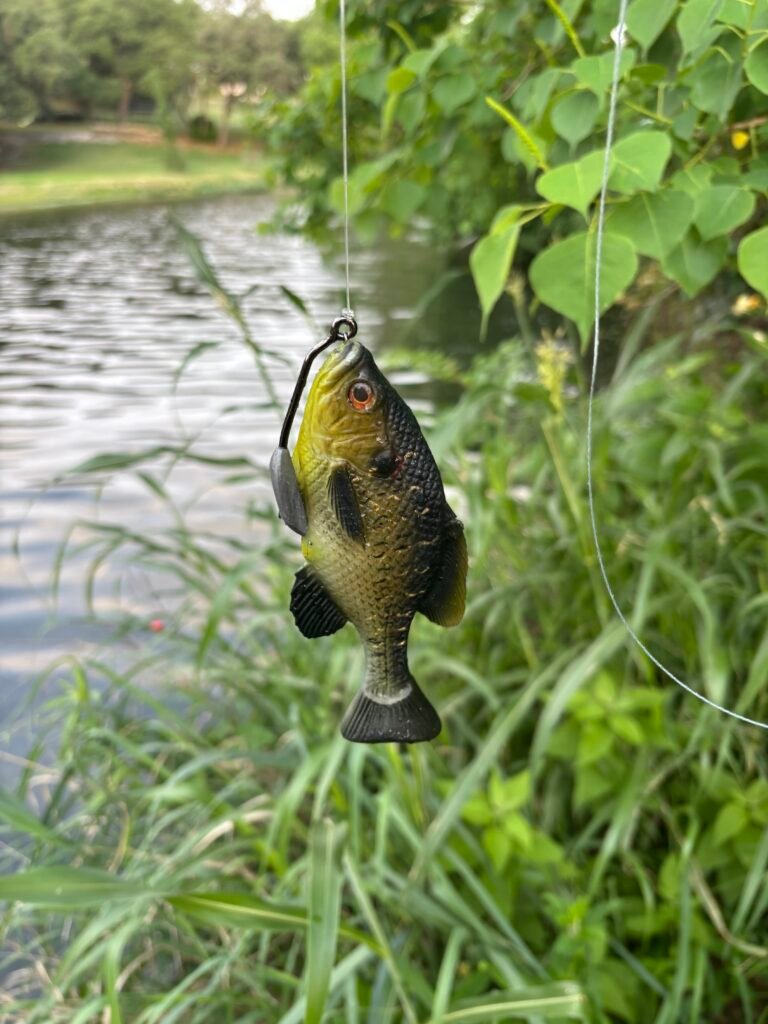
Types of line
Of course, your reel won’t matter if your line breaks every time you hook up. There are 3 types of line: fluorocarbon, monofilament, and braided line. Flourocarbon is clear and very elastic, and it sinks. Braided line is the strongest but also most visible, and it floats but is easily frayed by sharp cover or teeth. Monofilament is not as elastic as fluorocarbon making it the weakest of the bunch, but it is clear and floats.
Reel Settings
Of all 3 reels, the baitcasting reel is really the only one you need to worry about tuning properly. All reels have a drag system: this is the system that determines how difficult it is to pull line when the bail is closed. It is measured in pounds of drag: the more pounds of drag your reel is listed at, the more it takes to pull line from the spool when closed.
The lighter line you have, the lower your drag should be to tire the fish out by letting it run. For heavier line and power fishing techniques, your drag should be set higher. The drag dial is found on the top of spinning reels and on the side of the baitcast reel, where the handle is.
Baitcast Settings
Baitcast settings are whole different ball game. Baitcasters have 2 other settings: the spool tension and the brakes. The spool tension knob can be found on the side of the reel with the handle, and it controls how loosely the spool is held within the reel. This should be kept somewhat the same no matter what: your spool shouldn’t be shaking if you try, but it should almost be.
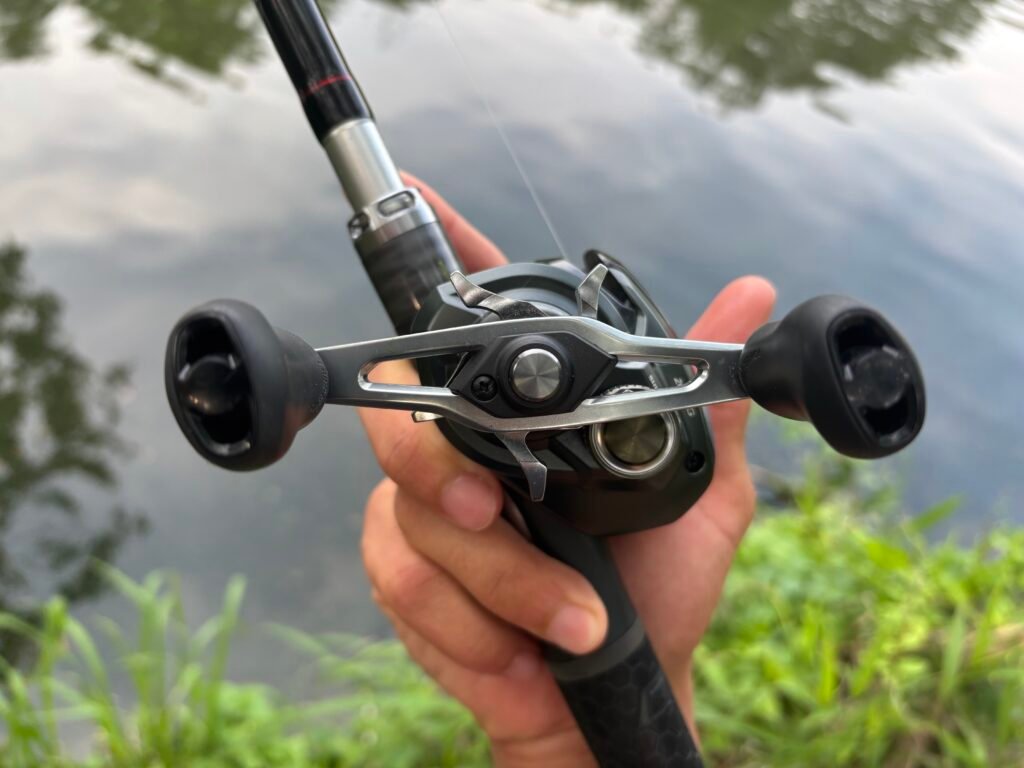
The brakes system is the more important system. This is what determines how well your baitcaster stops the spool when it hits the water. If your brakes are set super high, the baitcaster will stop much quicker when it encounters resistance. If your brakes are set low, your spool will spin more freely.
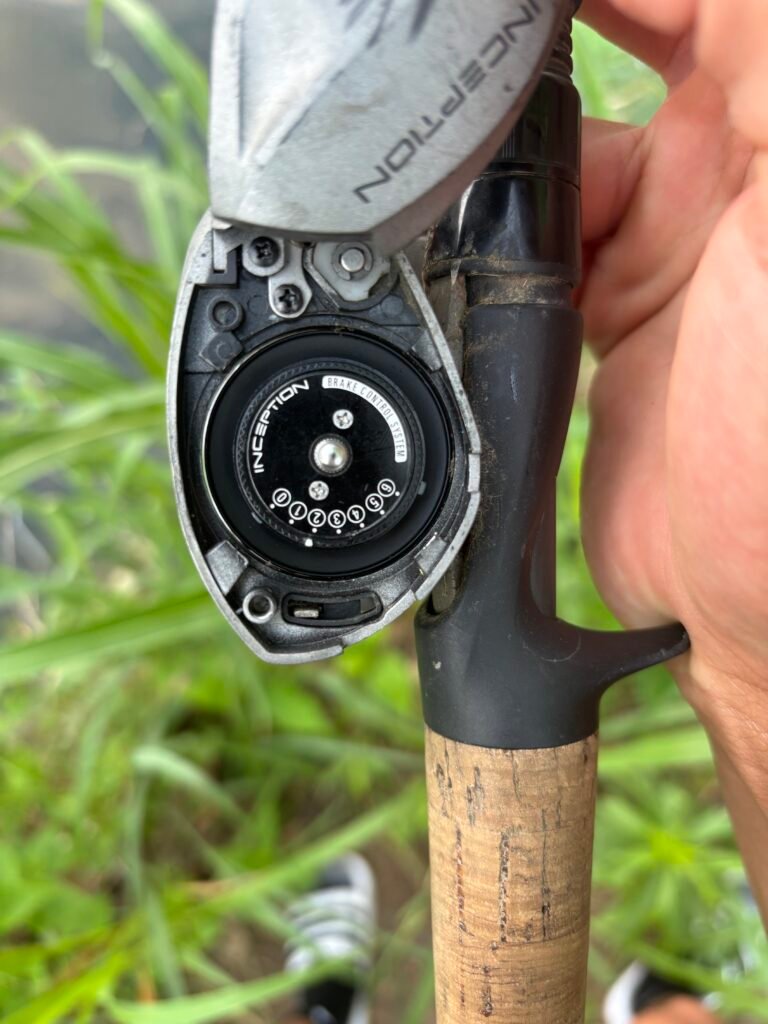
This means you want to adjust your brakes based on how much resistance you’ll be dealing with. If you have a light lure for example, you may want to set your brakes a little higher. On windier days, you’ll want to set them higher. If you have a heavy, aerodynamic lure on a calm day you’ll want to turn your brakes down for maximum distance.
The last baitcasting specific is the gear ratio. This determines how quickly you reel in line. The number represents the number of spool turns per reel rotation: so if the gear ratio is 6.3:1, that means the spool turns 6.3 times per reel rotation. The higher the number to one, the faster you’ll reel.
Line Specifics
Choosing line is straightforward. When you’re looking at how heavy line is, don’t think of it as “how heavy are the fish I’m going to be catching?” think of it as general thickness. In time, you’ll come to see 15 pound braid as “somewhat light braid.” instead of “braid that will catch a 15 pound bass”.
What this means is that you want to choose the toughest line you need for whatever situation you’re headed into, but not any tougher than that. If you know you’re fishing a pond with lots of sharp rocks, go a little heavier.
Line color is also very straightforward. for best results, stick to fishing clear fluorocarbon and green braid. Any colorful line is easier for the fish to see. It can help you detect bites, but when fishing with lures that shouldn’t be an issue.
Whether or not the line floats should also be taken into consideration. For subsurface lures, you’re better off using fluorocarbon line. For topwater, I’d suggest braided line. I’d also recommend you use braided line when fishing with a senko: this makes it easier to tell when your line is running. I don’t use monofilament much, but it could be useful as a leader for topwater if the fish are extra finnicky, but you think they may eat topwater.
Choosing the Right Reel for You
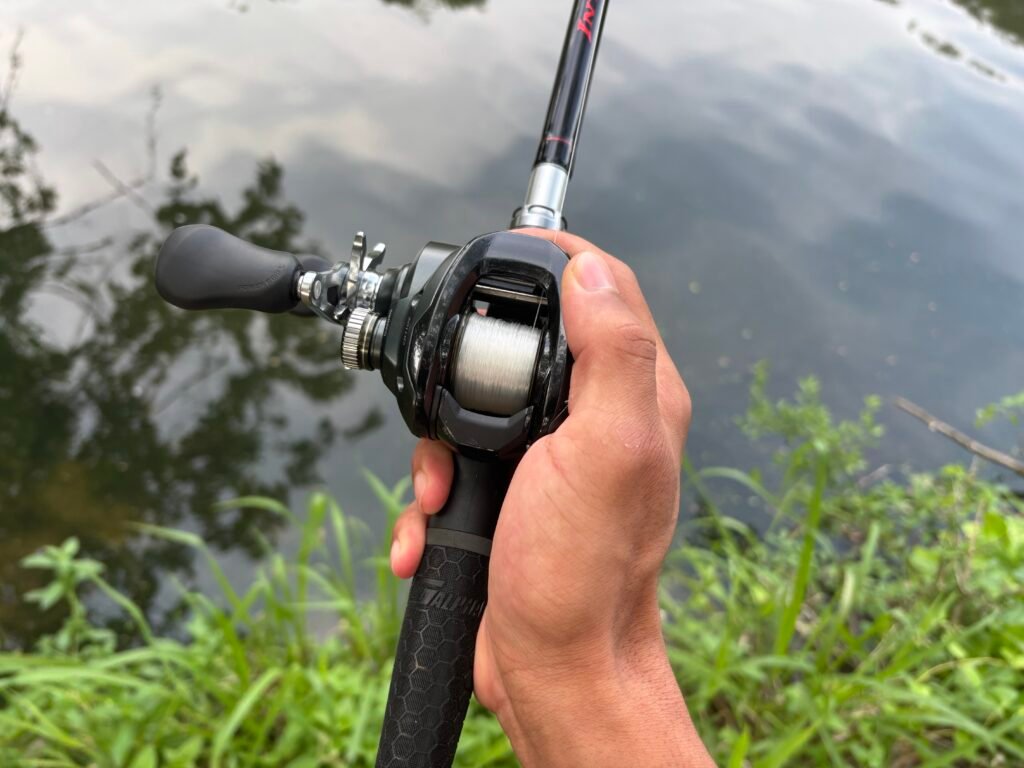
Now that you have a great understanding of what fishing reels do and how they work, choosing the right reel entirely depends on what type of fishing you typically do. If you lean more into power fishing, you’ll want to choose a baitcaster in a larger size with high drag. If you fish finesse a lot and want to keep it light, a spinning reel is the deal.
Choosing a reel isn’t quite as dependent on your lure choice as choosing a rod. Really, you should be thinking more about casting distance, stopping power and general comfortability.
When it comes to the price of the reel, the more expensive it is the lighter it will be and the higher quality materials it will be made of. This means more expensive reels will last longer, cast farther and overall be better in every way. You may also pay extra for a DC (Digital Control) which are reels controlled by a computer chip.
Ask yourself: how heavy are the lures I’ll be throwing? Will I be throwing into heavy cover? The lighter the lure, the smaller sized reel you’ll want to use for maximum casting distance and vice versa. The more cover there is, the more drag you’ll want.
For line, a good rule of thumb is to go as light as you can get away with. That may seem counterintuitive: you may think you’d want to go as heavy as you can. However, going heavy is going to make it hard to throw some lures: and the heavier the line, the easier it is for fish to spook. So go heavy enough that you won’t break off easily and can consistently land fish, but not any heavier than that.
My Personal Recommendations
I personally fish a Shimano Curado 200 M and a 13 Fishing Inception, but my next pickup will be a Shimano Miravel 1500. For baitcasters, I’d recommend choosing from Shimano, Daiwa, or 13 fishing: Lews is also reliable for cheaper entry level reels. As for spinners, I’d choose the from the same: Shimano, Daiwa or 13 Fishing. Find the reels they offer at your price point, choose the correct size and gear ratio if applicable, and fish away.
As for line, I fish Seaguar red label line (which is medium priced: Seaguar offers cheaper and more expensive line) and Power Pro braided line.
I hope this guide has answered any questions you may have had and helped you out in some way. For a full guide to fishing rods, check out this article right here. For other fishing guides, check out the Pond Fishing Basics category of the blog. Happy fishing!


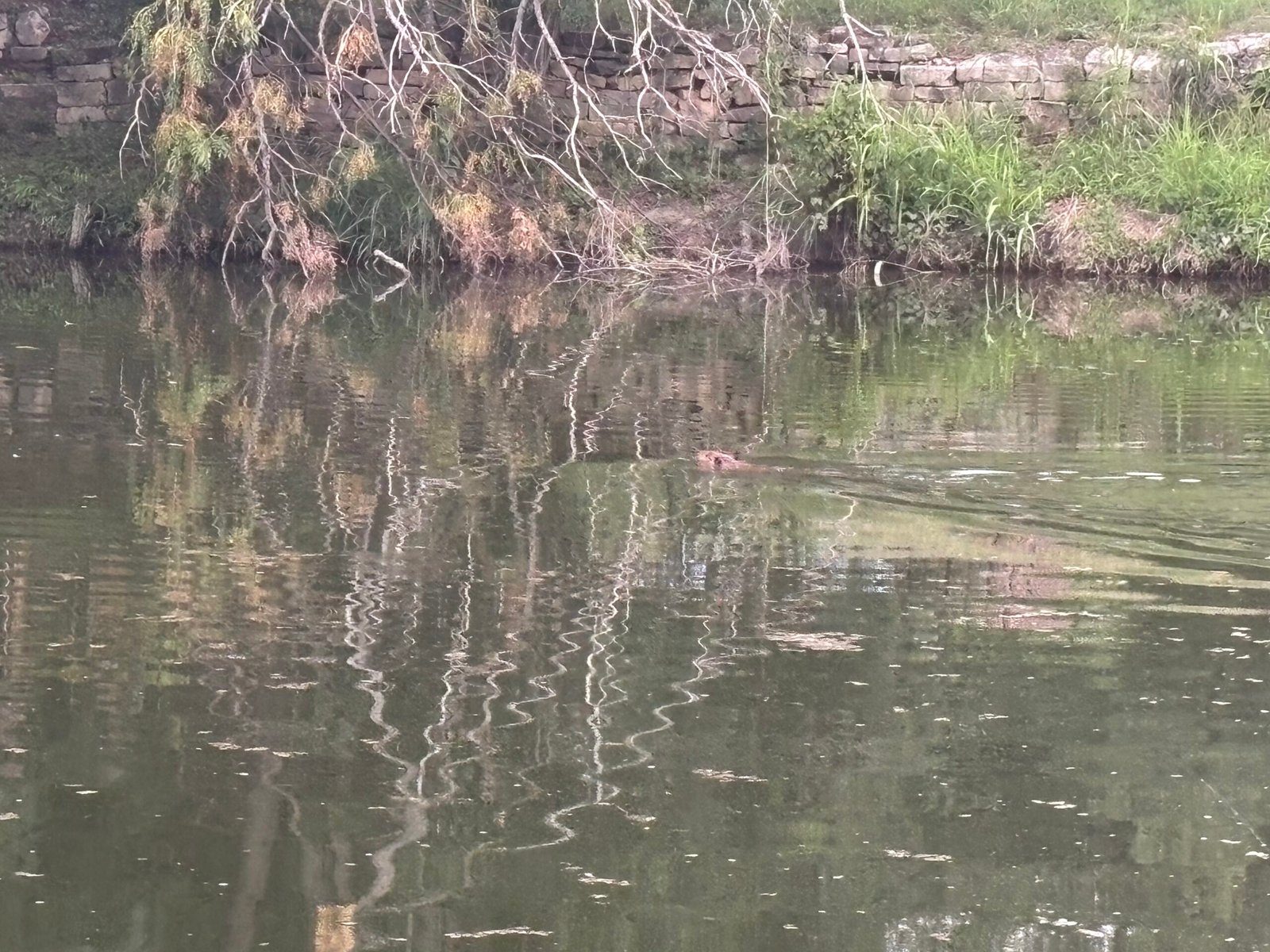


Leave a Reply